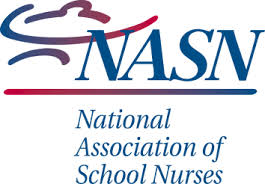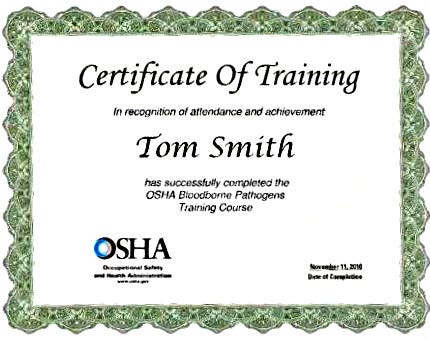- Home
- bloodborne Pathogens Training
- 866-323-5465
- Mon-Fri, 7am-5pm CST
- Need Help?
Stop the Bleed: How to Handle Life-Threatening Bleeding


School Health Nitrile Gloves

Comfortable fit.
Dependable protection.
Latex-free.
Enter code: NASN15
Bloodborne Pathogens Training for Schools and Healthcare Professionals

As required by federal OSHA law, school systems, like other employers, must identify personnel that could be exposed to blood or OPIM (other potentially infectious materials) and provide annual training on Bloodborne Pathogens.
| At risk school staff could include: |
|---|
| First Responders |
| Guidance counselors/social workers |
| Kindergarten teachers |
| Science teachers |
| Special education teachers |
| Physical education teachers |
| Coaches |
| Nurses |
| Custodians |
| Bus drivers |
| Paraprofessionals |
| Examples of potential exposure situations: |
|---|
| Playground injury |
| Bloody nose |
| Losing a tooth |
| Immunization administration |
| EpiPen administration |
| Insulin Administration |
| Athletic event injury |
| First-aid administration |
| Classroom injury (science, shop, art) |
| Cleaning up bloody waste |
| Combative student |
The School Health Compliance Program is designed specifically for schools, and is based on federal OSHA guidelines.

How does it work?
Employees simply log in to the online portal and complete the training at their convenience. The system will track who has completed training and who is due for training. When it comes time to repeat the annual training, an email notification will be sent 60 days in advance to remind the employer and/or the employee. Training records are saved for 3 years, as required by law.
Schools purchase training credits; the “cost” is one credit per trainee, per course completion. A credit is used as soon as a training is started.

What does it cover?
The School Health Compliance program offers two choices, Bloodborne Pathogens in School and Bloodborne Pathogens for Healthcare.
The Bloodborne Pathogens in School training is written for non-medical school staff members. Some clinical information on bloodborne pathogens is not included because it is not relevant to this group. It provides a certificate of training after completion.
The Bloodborne Pathogens for Healthcare is ideal for nurses and medical professionals within a school setting. It provides a certificate of training that can be printed after completion ,which may be submitted to the state professional organization for CEU credit.
Both trainings are about 45 minutes in length. Does not have to be completed all in one session.
| Bloodborne Pathogens in School |
|---|
| Training consists of 7 sections and 7 tests: |
| • Bloodborne Pathogens background |
| • The epidemiology and symptoms of bloodborne pathogens |
| • How bloodborne pathogens are transmitted |
| • Potential treatments and vaccinations for bloodborne pathogens |
| • Exposure control plan (ECP) |
| • Protecting yourself from bloodborne pathogens |
| • What if... |
| Includes Certificate of Training |
| Learn More> > |
| Bloodborne Pathogens for Healthcare |
|---|
| Training consists of 8 sections and 8 tests: |
| • Introduction |
| • Origins |
| • BBP Explanation |
| • Engineering Control |
| • Work Practice Controls |
| • Cleaning and Sanitizing |
| • Waste Removal |
| • Exposure Incident |
| Includes Certificate of Training |
| Learn More> > |
